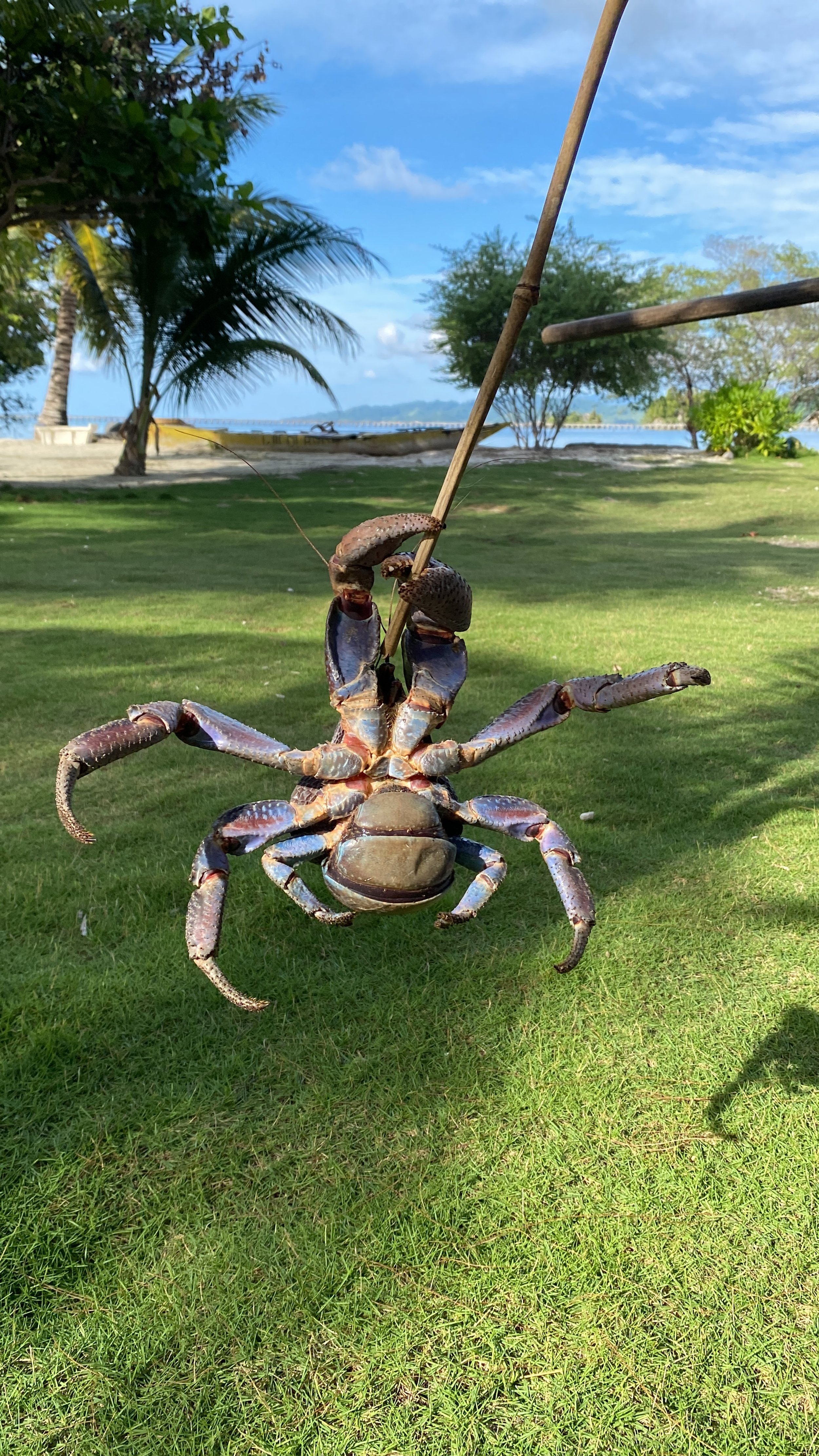Spearfishing with Bajau sea gypsies
Island life in Indonesia usually conjures up idyllic images of expansive Balinese villas with mesmerizing sunset views and and cocktail sipping on cocktails in gorgeous infinity pools. Few but avid divers or the most curious travellers would have heard about the Togean Islands, made up of 56 smaller islands located in the Gulf of Tomini, off the Central Sulawesi coast.
There’s just one little catch -- as far as islands go, Togean is as remote as it gets. From Manado, it took us a little over 36 hours on various buses, cars and boats to get to this marine paradise. Our journey began with – a 12-hour rickety bus ride to Gorontalo town, then hopping on a ferry and public boat, before sailing into an unspoiled aquatic archipelago.
The islands are low on connectivity and accessibility. There is hardly any mobile signal and no regular supply of hot water and electricity. Yet, many traverse here on their off-the-beaten-track journeys to dive in the crystal-clear waters and for Lake Mariona, the famed stingless jellyfish lake, where you can swim amongst ethereal webs of gossamer tentacles. But we gave some of these more famous spots a miss; we had come in search of the elusive Bajau sea gypsies.
The Bajaus are nomadic people who live in the waters around Indonesia, Malaysia and the Philippines. We read that for centuries, many of these sea nomads spent their entire lives living in houseboats, harnessing the ocean currents to take them to the best spots for hunting. Their bodies had evolved to allow them to hold their breath underwater for longer periods – reportedly as long as 10 minutes – to allow them to freedive and spearfish for food.
Land was a foreign concept to them, and they only moored when they needed supplies or to sell their catch. Because of their nomadic nature, many were stateless and no nation could lay claim to them - their only belonging was to the sea. But modernity had in caught up with them, and many Bajau have since been compelled by governments to move on-shore in stilt houses by the sea.
On our ferry ride, a chance encounter with Indonesian NGO workers, Chris and Pak Gusnar, leads us to Pulau Papan island, where they were planning to conduct marine conservation work at a Bajau village.
After a night of eating and (too much) drinking on the ferry, we arrived in Pulau Papan and Chris introduced us to the head of the village, Darwis, and with his blessings, we spent several days with the Bajaus, captivated by their way of life, their tenacity and their stunning coral sunsets.
Though Pulau Papan offered accommodation in the style of homestays, it was fully booked during the time we were there, and so we put up at the next nearest location – Lestari Cottage, a 5-minute boat ride away. There, we met owner Rolly, who not only showed us a free roaming coconut crab – one of the largest land crab species on land -- but also arranged for us daily boat rides to meet with the Bajau tribe daily!
These generous encounters with the community ensured that we were able to spend as much time with the villagers on Pulau Papan as possible. We navigated the small island on foot, marvelling at the self-sufficient commune. All the houses were built on stilts above water, connected by bridges made with wooden planks, which were broken at some parts. We crossed those parts with trepidation – a sure sign that we have spent too much of our lives in the city! Once we got our sea legs, we began to flit between the stilt houses, discovering new paths and meeting curious villagers, all while the calm waters and wondrous marine life were in plain sight right below us.
One evening, we huddled with the villagers on one of the wooden patios during sunset and learnt that it was durian season and some of them were out gathering wild durians from the a jungle nearby! Coming from neighbouring Singapore, we knew all about durians. But these were different – they were less fleshy but so clean tasting! We wolved down a few and then helped the children break open more.
On more than one occasion, we were invited to join Darwis’ spearfishing trips. These trips out to the middle of the ocean after dark were magical. Standing on a rickety Indonesian fishing boat, we looked up to star-studded skies that stretched far beyond the expanse of our vision.
As Darwis and his fellow tribesmen chased marine creatures, we witnessed their freediving skills and feasted on the freshest catch from the oceans prepared in the village kitchens.
For subsistence and income, the majority of Bajaus dive for seafood, specialising in catching different varieties ranging from lobsters to fish to octopus.
Most of the divers are men, but we meet two extraordinary women divers, Nursia Nuntu and Sarah Impa, who catch octopus to support their families. Incredibly shy when we first conversed, they seemed unaware of the waves they were making within the community!
We followed them out on one of their diving trips, and were amazed at how strong they were in the ocean. Without a GPS, they swam several hundred metres from the fishing boat in search of octopus, all based on their memory of where they were hiding!
Climate change has been impacting their catch and on the morning we went out, their hunt for octopus was thwarted by a storm that approached no more than two hours after we had left the shore. They had only netted two octopus then.
We learned that on a good day, they catch between six and 10 octopus, with the larger ones fetching 65,000 rupiah (S$6.10) a kilogram.

